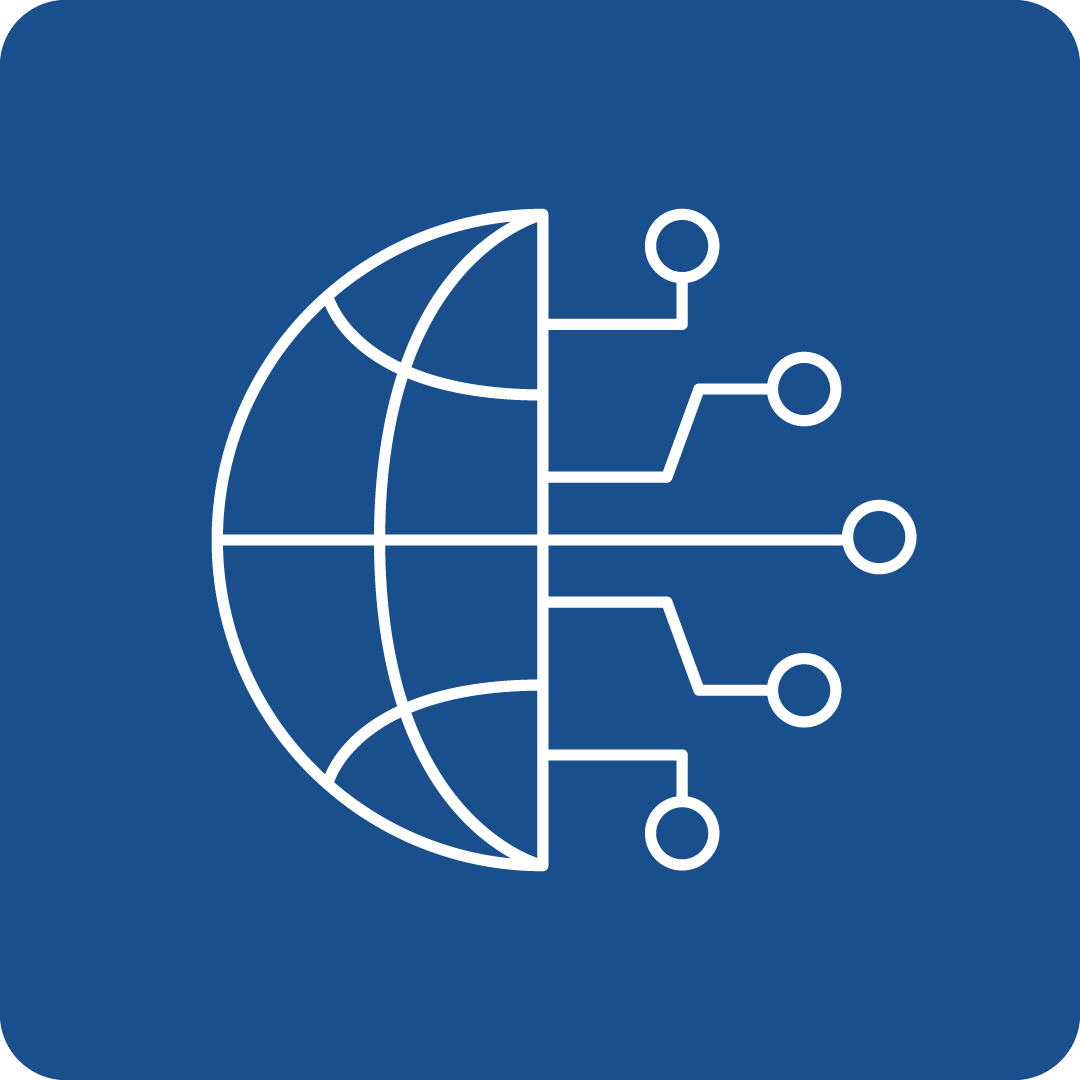Filter Search for grants
Call Navigation
Deadline expired
The deadline for this call has expired.
Call key data
Integrated risk-based border control that mitigates public security risk, reduces false positives and strengthens privacy
Call number
HORIZON-CL3-2024-BM-01-04
deadlines
Opening
27.06.2024
Deadline
20.11.2024 17:00
Funding rate
70% (NPO:100%)
Call budget
€ 5,000,000.00
Estimated EU contribution per project
€ 5,000,000.00
Link to the call
Link to the submission
Call content
short description
The solution(s) proposed under this topic should allow for a simpler and more flexible allocation and modification of border control resources, for example to cope with seasonal peaks.
Call objectives
Growth of international travel and mobility (which will likely return to, and increase to a level above, the pre-COVID-19 pandemic levels), the scarcity of resources, and the need to ease border crossings while maintaining security of the Schengen area, make reliable risk assessments and border checks prioritisation important. Border practitioners in some Member States are assessing feasibility, reliability and acceptability of optimised border controls using risk-based management.
The solution(s) proposed under this topic should allow easier and more flexible allocation and change of resources in border checks, for example to meet seasonal peaks. A possible use case is that of roll-on-roll-off ferries. That situation may generate long queues for border and security checks, while often being seasonal. A proposed solution should help perform border checks, as well improve the speed for detecting threats in vehicles, such as weapons and explosives, without people coming out of vehicles and without slowing down (dis)embarkment off or onto roll-on-roll-off ferries.
In any case, the proposed solution(s) should consider both the travellers and the goods accompanying them.
Higher leveraging of risk management in border crossing practices has the potential to also decrease and minimise the use of personal data and the risk for violating fundamental rights. The project should integrate strong ethical, legal and acceptability assessment to ensure that, on the other hand, the risks of bias (such as on ethnicity or gender) and discrimination of risk mitigation is minimised.
Collaboration with international stakeholders in the field of transport and transport safety in the air, maritime and rail contexts is encouraged.
Should the project deliver on its goal and be compatible with applicable legislation, EU and Member States authorities should plan to take up the results of the research with the support of the Border Management and Visa Instrument (BMVI).
The proposed system should ensure secure data collection, access, encryption, and decision support processes. Full encryption at transit and rest should be ensured, while enabling fuzzy searches on all metrics of the documents’ data.
The system should include automated decision support systems that suggest the end-users which process and database/tool can be legally used using a certain technology.
Solutions should be compatible or interoperable with legacy and current systems, and propose or allow an interoperability between systems in use by different Member States.
Improving energy efficiency and environmental impact aspects of new security technologies for this capability (e.g. low environmental footprint, low emissions, circular economy aspects and/or self-sustained equipment) would be desirable.
Examples of technologies and approaches that can be explored by the research projects include (non-prescriptive and non-exhaustive): risk assessment methods, data fusion, sensors, artificial intelligence.
Research projects should consider, build on (if appropriate) and not duplicate previous research, including but not limited to research by other recent EU Framework Programmes projects on security research.
Proposals should delineate the plans for further development to subsequent TRLs as well as uptake (industrialisation, commercialisation, acquisition and/or deployment) at national and EU level, should the research deliver on its goals.
Proposals under this topic are expected to address the priorities of the European Border and Coast Guard and of its Agency (Frontex), including basing on the EBCG Capability Roadmap when available, and engage with the Agency during the implementation of the project. This perspective should be considered and planned when drafting proposals. Proposals should expect a key role of Frontex in validating the project outcomes, with the aim of facilitating future uptake of innovations for the border and coast guard community.
The involvement of Police Authorities is encouraged, as well as synergies with relevant topics of the Fight against Crime and Terrorism Destination.
read more
Expected results
Projects’ results are expected to contribute to some or all of the following outcomes:
- Improve assisted border crossing control systems, coordinated between border, customs and security controls;
- Allocate more efficiently border check resources, maintaining security while minimising time and hassle for crossings and false positives;
- Allocate flexibly border check resources, when and where needed, depending on changing needs (for example seasonally, and/or in the case of roll-on-roll-off ferries);
- Contribute to capabilities that strengthen the Schengen area, by providing security at its external borders that also reassure on maintaining the free movement within its borders.
Eligibility Criteria
Regions / countries for funding
Moldova (Moldova), Albania (Shqipëria), Armenia (Հայաստան), Azerbaijan (Azərbaycan), Belarus (Беларусь), Bosnia and Herzegovina (Bosna i Hercegovina / Босна и Херцеговина), Faeroes (Føroyar / Færøerne), Georgia (საქართველო), Iceland (Ísland), Israel (ישראל / إِسْرَائِيل), Kosovo (Kosova/Kosovë / Косово), Montenegro (Црна Гора), Morocco (المغرب), New Zealand (Aotearoa), North Macedonia (Северна Македонија), Norway (Norge), Serbia (Srbija/Сpбија), Tunisia (تونس /Tūnis), Türkiye, Ukraine (Україна), United Kingdom
eligible entities
Education and training institution, International organization, Non-Profit Organisation (NPO) / Non-Governmental Organisation (NGO), Other, Private institution, incl. private company (private for profit), Public Body (national, regional and local; incl. EGTCs), Research Institution incl. University, Small and medium-sized enterprise (SME)
Mandatory partnership
Yes
Project Partnership
Unless otherwise provided for in the specific call conditions , legal entities forming a consortium are eligible to participate in actions provided that the consortium includes:
- at least one independent legal entity established in a Member State;and
- at least two other independent legal entities, each established in different Member States or Associated Countries.
The JRC, international European research organisations and legal entities created under EU law are deemed to be established in a Member State other than those in which the other legal entities participating in the action are established.
Applications for ‘Training and mobility’actions and for ‘Programme co-fund’ actions may be submitted by one or more legal entities, provided that one of those legal entities is established in a Member State or an Associated Country.
Applications for ‘Coordination and support’ actions may be submitted by one or more legal entities, which may be established in a Member State, Associated Country or, in exceptional cases and if provided for in the specific call conditions, in another third country.
Applications for ‘Pre-commercial procurement’ actions and ‘Public procurement of innovative solutions’ actions must include as beneficiaries a ‘buyers’ group’. This group must consist of a minimum of two independent legal entities that are public procurers, each established in a different Member State or Associated Country and with at least one of them established in a Member State.
Eligible non-EU countries:
- countries associated to Horizon Europe
Please see the List of Participating Countries in Horizon Europe for an up-to-date list of countries with which the association agreements have started to produce legal effects (either through provisional application or their entry into force).
- low-and middle-income countries
Legal entities which are established in countries not listed above will be eligible for funding if provided for in the specific call conditions, or if their participation is considered essential for implementing the action by the granting authority.
other eligibility criteria
This topic requires the active involvement, as beneficiaries, of at least 2 Border or Coast Guard Authorities from at least 2 different EU Member States or Associated Countries. For these participants, applicants must fill in the table "Information about security practitioners" in the application form with all the requested information, following the template provided in the submission IT tool.
If projects use satellite-based earth observation, positioning, navigation and/or related timing data and services, beneficiaries must make use of Copernicus and/or Galileo/EGNOS (other data and services may additionally be used).
Eligible costs will take the form of a lump sum.
Some activities resulting from this topic may involve using classified background and/or producing of security sensitive results (EUCI and SEN). Please refer to the related provisions in section B Security — EU classified and sensitive information of the General Annexes.
Additional information
Topics
Relevance for EU Macro-Region
EUSAIR - EU Strategy for the Adriatic and Ionian Region, EUSALP - EU Strategy for the Alpine Space, EUSBSR - EU Strategy for the Baltic Sea Region, EUSDR - EU Strategy for the Danube Region
UN Sustainable Development Goals (UN-SDGs)
![]()
![]()
![]()
Additional Information
All proposals must be submitted electronically via the Funders & Tenders Portal electronic submission system (accessible via the topic page in the Search Funding & Tenders section). Paper submissions are NOT possible.
Proposals must be complete and contain all parts and mandatory annexes and supporting documents, e.g. plan for the exploitation and dissemination of the results including communication activities, etc.
The application form will have two parts:
- Part A (to be filled in directly online) contains administrative information about the applicant organisations (future coordinator and beneficiaries and affiliated entities), the summarised budget for the proposal and call-specific questions;
- Part B (to be downloaded from the Portal submission system, completed and then assembled and re-uploaded as a PDF in the system) contains the technical description of the project.
Annexes and supporting documents will be directly available in the submission system and must be uploaded as PDF files (or other formats allowed by the system).
The limit for a full application (Part B) is 50 pages.
Contact
To see more information about this call, you can register for free here
or log in with an existing account.
Log in
Register now


